Seat belts reduce serious crash-related injuries and deaths by about half, according to the National Highway Traffic Safety Administration. The simple act of wearing a seat belt is the single most effective way to reduce the risk of fatality in a crash. So why do millions of people not buckle up on every trip? Let’s debunk five common myths about wearing seat belts that are outdated or just plain wrong.
5 Common Misconceptions About Seatbelts
#1: Seat belts are uncomfortable and restrict my movement.
Wearing a seat belt should not cause any discomfort or pressure when adjusted properly. Seat belts have come a long way in the comfort department since becoming a mandatory feature in cars in the 1960s. Technological advancements like polyester webbing and pretensioners, which eliminate slack in the event of a crash, have made seat belts more comfortable for the wearer. If you want to customize your fit, you can find clips and extenders at your local dealer or auto parts store.
With children, the shoulder belt should fit across the shoulder and chest, and the vehicle lap belt should fit across the upper thighs. (Children are typically between the ages of 8 and 12 years old when they are ready for a seat belt. A good test is if their knees bend at the edge of the seat when backs and bottoms are pressed against the vehicle seat back.)
Pregnant women should wear both the lap belt and the shoulder strap, ensuring a snug fit. Lap belts should be buckled under the belly and over hips. Never place the lap belt across your belly. The shoulder strap should go between the breasts and off to the side of the belly. Never place the shoulder strap under the arm.
#2: Seat belts trap you in your vehicle during a crash.
This myth is often associated with fire- and water-related accidents, which account for less than one-half of one percent of all crashes. More importantly, seat belts can actually prevent you from being knocked unconscious, which can increase your chances of escaping during an accident.
#3: I’m just going up the block for groceries. I don’t need to wear a seat belt around town.
Think again. Routine, seemingly low-key trips can be deceptively dangerous. Did you know that most traffic-related deaths happen within 25 miles from your house and at speeds less than 40 mph, according to the National Highway Traffic Safety Administration? Don’t take any chances. Your life and the lives of your passengers are at stake.
#4: I don’t have time to put on my seat belt.
It only takes about three seconds to strap on your seat belt. That’s less time than it takes to tie your shoe. Even if you’re buckling up 20 times a day, that’s only one minute of your day.
#5: My car has air bags, so I don’t need to wear a seat belt.
Air bags are designed to protect a buckled passenger, not an unbuckled one. Seat belts secure you in the proper position to benefit from an air bag deployment. If you’re not wearing your seat belt, you’re in danger of sliding underneath the air bag, colliding with the dashboard or windshield, or being ejected from the front seat. Air bags are a supplemental form of protection and most are designed to deploy in moderate-to-severe frontal crashes, which doesn’t cover all situations. Using air bags in conjunction with seat belts is your best bet.
The History Of Seatbelts
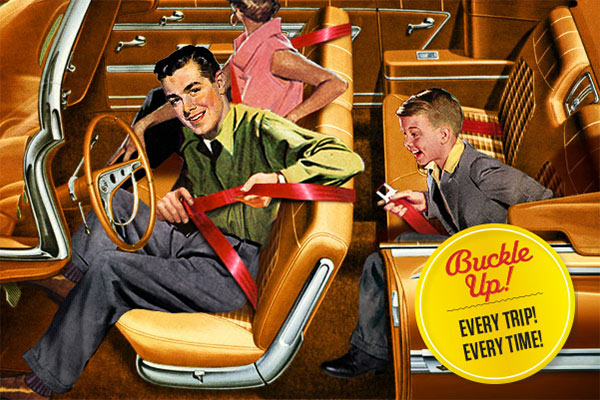 Forget statistics, campaigns or pleas from car manufacturers. As the history of the seatbelt shows, the most effective way to get drivers and passengers to buckle up is to hit them where it hurts: in their wallets.
Forget statistics, campaigns or pleas from car manufacturers. As the history of the seatbelt shows, the most effective way to get drivers and passengers to buckle up is to hit them where it hurts: in their wallets.
Although lap belts were offered in cars as early as the 1950s, they were snubbed by many until 1984, when New York became the first state to crack down on car safety. “The thing that started to get people to buckle up in large numbers was simply having state laws with a minimal fine of $25 or $50 for not buckling up,” says Mike Ciccone, senior director of crashworthiness evaluations at Insurance Institute for Highway Safety (IIHS).
The importance of using seatbelts is no joke. No other quick daily habit—not even eating your veggies—has such life-changing benefits. “Lap and shoulder belts are about
50 percent effective in preventing fatal injuries to front‐seat occupants in crashes of all kinds,” says Ciccone. The numbers are staggering: Safety belts saved 12,802 lives in 2014, according to the National Highway Traffic Safety Administration (NHTSA). Compare that with the early 1980s, when just roughly 11 percent of front-seat passengers wore belts. So when did people buckle down on buckling up? Here, a look back at the invention, technology and laws behind seatbelts.
1885: The U.S. Patent Office issues the first seatbelt patent.
1949-50: Nash Motors Company offers lap belts in certain car models.
1959: Volvo engineer Nils Bohlin invents the first three-point safety belt in Sweden by combining the lap belt and shoulder strap into one continuous belt that could be buckled with one hand. The invention’s open patent allows other manufacturers to adopt the game-changing design.
1968: The first federal law regarding seatbelts—called the Federal Motor Vehicle Safety Standards—is passed, requiring all new cars sold in the U.S. to feature lap or shoulder belts in the front seats and lap belts in the back seats.
1984: New York passes the first “primary enforcement law,” in which a police officer can pull over and ticket a driver just for not wearing a seatbelt. Thirty-four states now have primary enforcement laws, while 15 states have secondary laws, which means drivers pulled over for another reason can receive a ticket for not wearing a seatbelt. The fear of getting ticketed led to a quick jump in seatbelt usage for those states, which meant fewer deaths and injuries. People pay more attention to primary laws, and buckle up more. According to IIHS, if all states with secondary laws had primary laws instead, their passenger deaths would decrease by 7 percent.
1993: North Carolina’s “Click It or Ticket” campaign, which involved TV ads and billboards highlighting the cost of getting pulled over, dramatically increases seatbelt use from
65 percent to 81 percent. A decade later, the “Click It or Ticket” campaign goes national.
2015: States with primary enforcement laws report seatbelt usage at 91 percent, and states with secondary enforcement laws (or no law at all) report seatbelt usage at 79 percent.
Living in such a rapidly changing world, it’s easy to take innovations for granted, but remember that seatbelts were designed with one goal in mind: to protect you. Don’t forget to buckle up on your next ride—and that goes for everyone, especially kids and even pets.
You always buckle up … right? Good. GEICO offers discounts to good drivers. See how much you could save.
Next article: 5 Common Driving Myths Debunked
By Stephanie Levis and Kara Cutruzzula



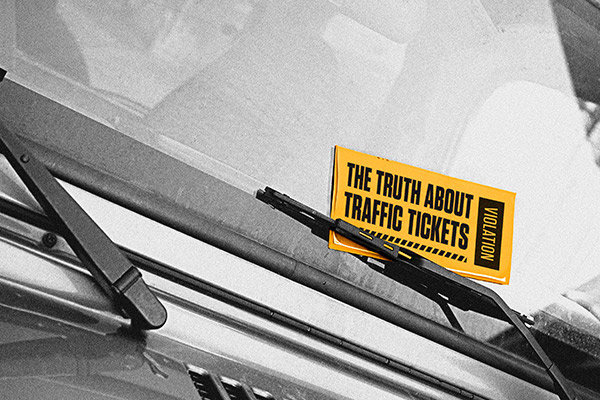
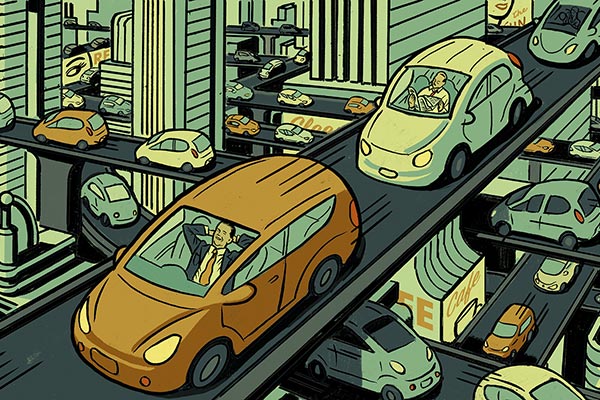
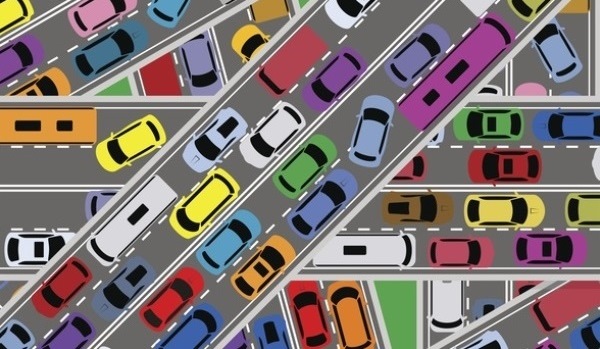
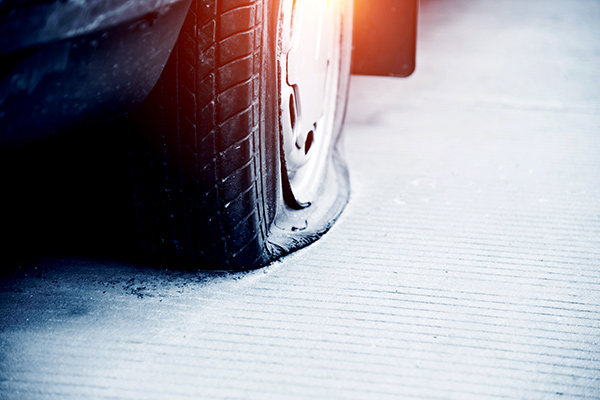
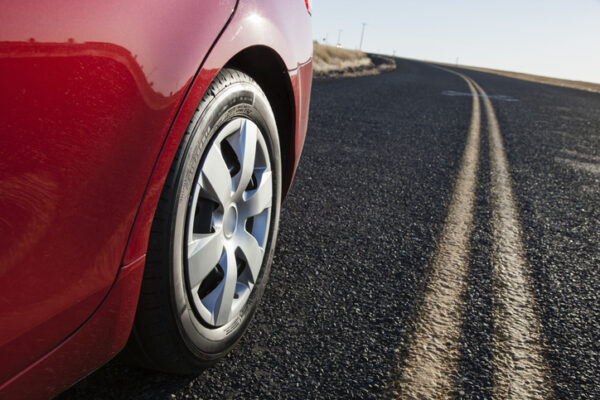

Sam B says,
I can’t believe how dumb people must be to make the argument that they should be allowed to decide for themselves if they want to wear a seat belt or not. Are you also advocating people should decide if they want to have Insurance??? If the only person hurt was the dumb person not wearing the seat belt I wouldn’t care but when people are injured or killed we are all impacted by the rates we pay for insurance so we’ll as the cost on society footing the bill for permanently disabled people and affected families. When folks don’t have the good common sense to do what could affect other innocent people that is when we should have government to make sure they do.
John Thomas May says,
I started wearing a seat belt when I was 16 years old (1966). The 1st car my family owned that came equipped with a seat belt was a Chevrolet Chevelle. I was 16, a fan of racing and race car drivers decided that if buckling up was good enough for them, then it was good enough for me. So….I’m one of the rarities of the the driving world–a seat belt driver my whole life; and no one made me do it.
AAA says,
Kara finishes by saying, “…Don’t forget to buckle up on your next ride…”, but that’s just it. The statistical information is great, convincing, and the seatbelt is a great resource to have in your car to protect its occupants. However, I can’t forget I’m speeding, I can’t forget to not pay taxes, I can’t forget to pay for something, and I can’t forget to put on my seatbelt.
It is a personal choice that doesn’t INFRINGE upon anyone else. It is my choice to better protect myself. Yet, the law attempts to protect me from myself. Lawmakers know best.
I will be fined for not choosing their choice.
Elmer Fudd says,
If insurance companies really wanted to make roads safer, they would require old people to take driving tests at around 70yrs of age and older every renewel. God bless them but many has become a huge road hazzard and a danger to others.
Mike bamm says,
Couldn’t agree more I see more senior citizen over 70 yrs old driving through store fronts and injuring people and sometimes even fatal. There response time is not as quick as it was in there younger days. Hopefully I will reach that age one day but also I would hope that I will know when it’s time to surrender my license to Father Time.
virg p says,
The news shows only report age if it’s a teen or a senior. The vast majority of accidents are due to drivers between teen and senior. Each state has laws regulating testing and ages. But many 20 y/o cause DUI accidents.v
cipriano rodriguez says,
Seat belt always is safety
Ray Mongrain says,
Have no problem with the seat belt, I am alive today because of them back in 1963. However, I disagree with being required to use the shoulder belt. it rides in an uncomfortable position on my neck in my older car and that is a possible severe injury in a crash. My newer car has the shoulder adjustable so it not hitting you in the neck. We have 2 choices, not wear the belt and get a fine or twist it up so it will not hit us in the neck. I understand if I put the shoulder behind me I can get a ticket for not using the “belt” properly, but in an accident I risk the chance of a broken neck from the shoulder strap. Lap belts – yes, older car’s shoulder belt – no.
Mike bamm says,
Couldn’t agree more I received 2 seat belt tickets in the past because it was gouging my neck so I put it under my arm pit,and when I was pulled over the officers on both instances told me I wasn’t wearing my seat belt correctly. My point being is where does it state that you can’t put the strap under your arm pit as long as it secured around your waste area. I feel it is just another way to generate money for the states.
Warren Winslow says,
it so ironic that the same people who legislate cars be tiny and.small want everyone to wear belts while driving the tiny little cars they have now. Only reason they want us to buckle up is to fine people and stop people.and.fish for other victimless crimes. If they cared about safety cars would still have shock bumpers and frames and less technology. The safety Nazis also gave us cars we can’t see out if with tiny Windows and thick roof pillars. The government is about power and.money, nothing more. You want safety? Bring back real bumpers, reflectors on the back like old town cars had were great safety measures and cornering lights aka ditch lights are great for safety. Cars should.go back to having glass headlights too, not this plastic that turns yellow. Instead we are supposed to believe we are safe belted to a tiny car. All insurance companies Care about is making money, not rights, not free choice and not safety. They want people to get tickets so they can surcharge people. It would be ok to encourage car makers to use glass headlights, real bumpers, cornering lights and reflectors across the rear, but they would rather further the police state and enact revenue raising.laws.
Paul Janssen says,
I first started wearing a belt when I drove truck. I felt that I could better control the vehicle if I wasn’t bouncing around. If you’ve ever driven a semi, you’ll know what I mean. In today’s Minneapolis StarTribune there was a story of two truck drivers involved in a head-on collision on I-90. Both died, neither were wearing belts.
Woodrow Minchener says,
The only thing the government cares about is your wallet look at it this way they put up stop light cameras on every corner in Dallas all the sudden everybody started stopping at every stop light Dallas lost millions of dollars in Revenue what did they do they took down all the stop light cameras
Ramey Zamora says,
Who cares what the government is doing? Look at seat belts as saving YOUR life, and the lives that you affect. How will your family cope if you die or are seriously injured/disabled by a crash? Don’t be distracted by what other groups are “up to.” Look at your own well being, and that of the ones you love, who depend on you and will have to care for you if anything happens. No, seat belts can’t protect you from everything, but they are the way to bet if you want to continue as a walking, talking member of society.
Dave Smith says,
Ramey, I agree with you 100%. BUT it should be my choice, NOT the governments.
Robert McCombs says,
Every since high school, I have Warren seat belts. Then they made it a law that I had to wear them. Who do they think they are !!! That they can tell a man what to do.. I was appalled. I still wear them because I choose to. Not because some communist tells me to.
Paul Moretto says,
Yes, hello!
I think [seat-belt], therefore I am safe, whatever party I may belong.
Cordially,
Paul
Anna Zeman says,
I have always used a seatbelt or lapbelt, whatever was in my car. Use is required in the states in which I have lived. But I strongly believe that in 2016 it is timely, indeed urgent, to address the practice of texting while behind the wheel. There is simply no possible way to text and drive without endangering oneself, passengers, and any innocent nearby person. Here in Florida there is no law at all against this. Instead I have heard people brag about doing this or claim that it is a free speech issue. I counter that it is a public endangerment issue which should be addressed in the strongest terms. I hope that someone with a louder voice than mine will use that voice in the service of common sense and the public good.
Al Cinamon says,
If hitting drivers in the wallet is such a good incentive, then why is the fine for not wearing a seat belt only $50 in NY? Parking in the wrong spot can cost upwards of $250 with y our car being towed away! The answer is in my book: “What You Don’t Know About Driving Can Get You Killed!” It’s available on Amazon.com and exposes the hypocrisy of our traffic laws.
Ramey Zamora says,
Don’t let the money part of seat belt laws distract you. Be maturely responsible for your safety, stop whining about laws and tickets, and simply belt up. Every car (just about) has them. It isn’t as though you have to go out and spend $500 to get them installed in your vehicle. Relax, do what is protecting YOU. The laws are made by well meaning bureaucrats who are trying to regulate human behavior (pointless), not make money.
Ray Mongrain says,
In my state the fine for not wearing the seat belt is well over 100.00 and we have the pleasure of having a police officer who is talking on his phone while using the computer in his patrol car give us a ticket for either no belt or talking on the phone (something I have done since my first phone in the mid 80’s. Have never had an accident because talking on the phone, but in the government’s infinite stupidity they say it is too dangerous to talk and drive, and yet It is legal to talk with the people in the car or use a CB radio, what the heck? All the fines for speeding, talking on a cel phone, not wearing a shoulder harness or the stop light cameras is not for safety, just a money maker for them.
Angela Taylor says,
I feel unsafe without a seat belt on!
Annmarie Meo says,
That was a incredible article on seat belts. I was hooked on reading all of it. It was very informative. I have worn my seat belt since I was about 21, I’m 63 now, have been involved in5 car accidents, non of which I was responsible for. I had a lot of body parts damaged but I’m still alive and kicking. I would never , ever think of getting in my car and not “Buckling Up”. I have told my 2 kids about also. Pleas give Kara Cutruzzula the kudos she deserves.
Nora Fulop says,
I always wear seat belt don’t want to pay the fine most important it saves life’s